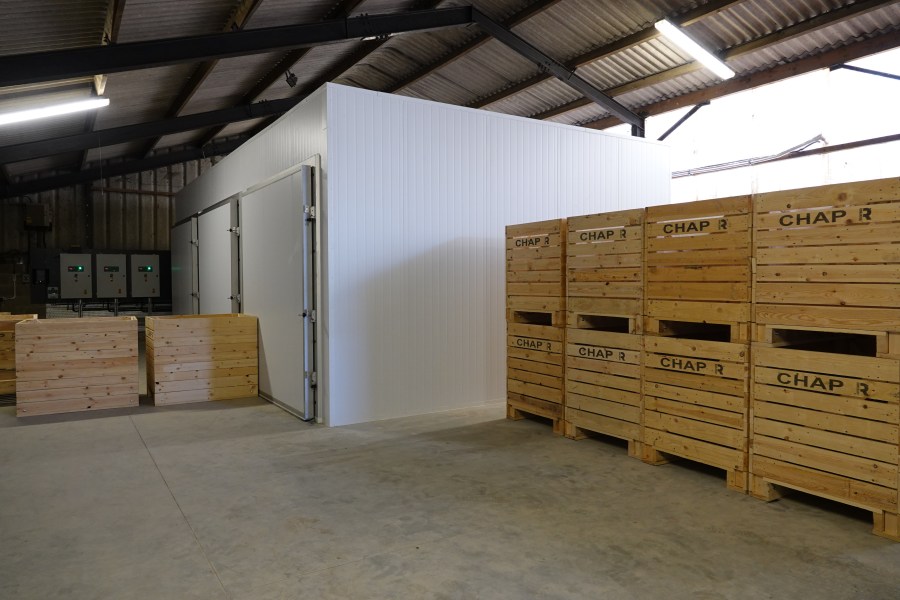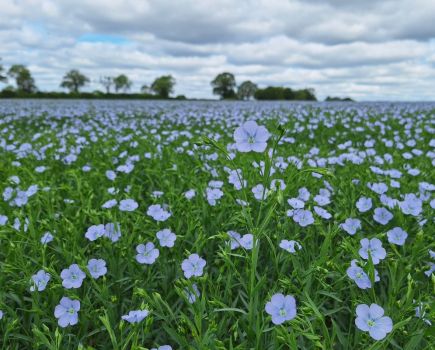A new network dedicated to crop storage research has been launched, which aims to fill the gap incurred through the loss of key industry facility, Sutton Bridge.
The Crop Storage and Post-harvest Solutions (CSPS) facility network is the result of a collaboration between ADAS, Crop Health and Protection (CHAP), the Natural Resources Institute (NRI) at the University of Greenwich, and the James Hutton Institute (JHI).
Director of NRI, Professor Sheryl Hendriks, says in order to protect food supply chains and minimise food waste, it’s vital that resources for research to improve crop handling and storage are fit for purpose. “This cannot be covered by an individual organisation but requires a strong national network,” says Sheryl.
Diverse service offer
The facilities promise to offer a diverse range of advanced services such as the ability to simulate multiple supply chain environments while exercising precise control and monitoring of essential storage conditions – temperature, humidity, and atmospheric composition such as variable CO2 levels.
Initial research priorities will focus on developing pre- and post-harvest monitoring and modelling techniques to predict storage potential, as well as supply chain tracking and monitoring, optimising store management for energy efficiency, exploring automation and labour-saving opportunities, testing potato sprout suppressant technologies, and evaluating sustainable packaging materials.
A new wave of research
According to Professor Derek Stewart, Director of the Advanced Plant Growth Centre (APGC) at The James Hutton Institute, crop storage research is always the ‘Cinderella’ of the food supply chain research portfolio.
“This new initiative should herald a new wave in data-enabled crop storage research and see it better integrated with the growing environment to determine the impact of agricultural growing practices and innovations therein.
“The new storage research units are at a scale that mimic industrial crop storage but allow for the flexibility to deliver state-of-the-art research and impact in the agrifood sector,” he concludes.




